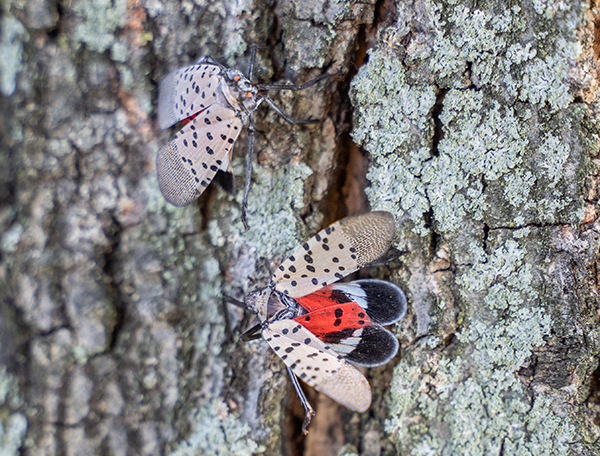Changes in politics and consumption have altered the supply chain, which are now arriving from new places and bringing new pest pressures.
By Nic Ellis, Ph.D., B.C.E. and Technical Specialist at Western Pest Services
With recent changes in the international political climate and consumption modifications due to COVID-19, the food industry is feeling tremendous pressure. Food and goods are now arriving from places all over the world. With these first-time imports, the industry is also seeing new and invasive pest species that previously were never transported into the United States. These new pests often do not have predators in the United States, making it even harder to control and eliminate them – and offering them the potential to wreak havoc on the food industry.
Travel and international trade can rapidly spread pests and diseases, which can cause significant damage to native plants, the environment, food storage facilities, and anywhere food is served. Many imported foods are heavy, and their packaging attracts a wide variety of pests during travel. Upon arrival, containers should be fully inspected for pests including:
When goods are shipped by airplane, rather than by boats, there is a lower instance of pest invasion because they are less likely to be packed in heavy wood containers and the travel time is shorter, leaving less of a chance for pests to reproduce and multiply en route.

The world is currently a dynamic global economy that is ever-changing. Because of this, the food industry must constantly prepare and plan for an invasion of common pests as well as novel pests from other parts of the world. In the past couple of years, new pests have found their way into America and are adding stress to the already heavily regulated industry. A few examples of these transported food-related pests include:
In addition to pests getting imported from foreign countries, COVID-19 has added an extra layer of stress on keeping rodents out of the food industry. With less food waste in public places, rodents are having a harder time finding readily available food to eat. To make up for the lack of available food and trash, rodents are not being shy about making their way inside food processing facilities and restaurants to find their next meal. The Centers for Disease Control and Prevention is warning that rodent populations, which heavily rely on scraps and waste, are spiking in certain areas.
Bad news travels fast, and when pests or evidence of them are found in any food source, negative reviews can cause irreversible damage, and supply chains can risk being at blame. Not only can pests cause a bad reputation, but more importantly, they can cause customers illness when left untreated.
With strict third-party audits and food safety to consider, maintaining a pest-free facility is crucial in the food processing industry. And while some pests, especially new species finding their way into the United States, are difficult to avoid, infestations can often be prevented with cleaning, monitoring, and acting immediately if pest evidence is found. Fortunately, when outside help is needed, invasive pests can be curtailed or prevented with reputable pest management services that provide customized solutions.

Nic Ellis is a Technical Specialist and Board Certified Entomologist with Western Pest Services, a New Jersey-based pest management company serving businesses and homeowners in major Northeastern markets. Learn more about Western by visiting www.westernpest.com.
In this episode, I sat down with Beejan Giga, Director | Partner and Caleb Emerson, Senior Results Manager at Carpedia International. We discussed the insights behind their recent Industry Today article, “Thinking Three Moves Ahead” and together we explored how manufacturers can plan more strategically, align with their suppliers, and build the operational discipline needed to support intentional, sustainable growth. It was a conversation packed with practical perspectives on navigating a fast-changing industry landscape.